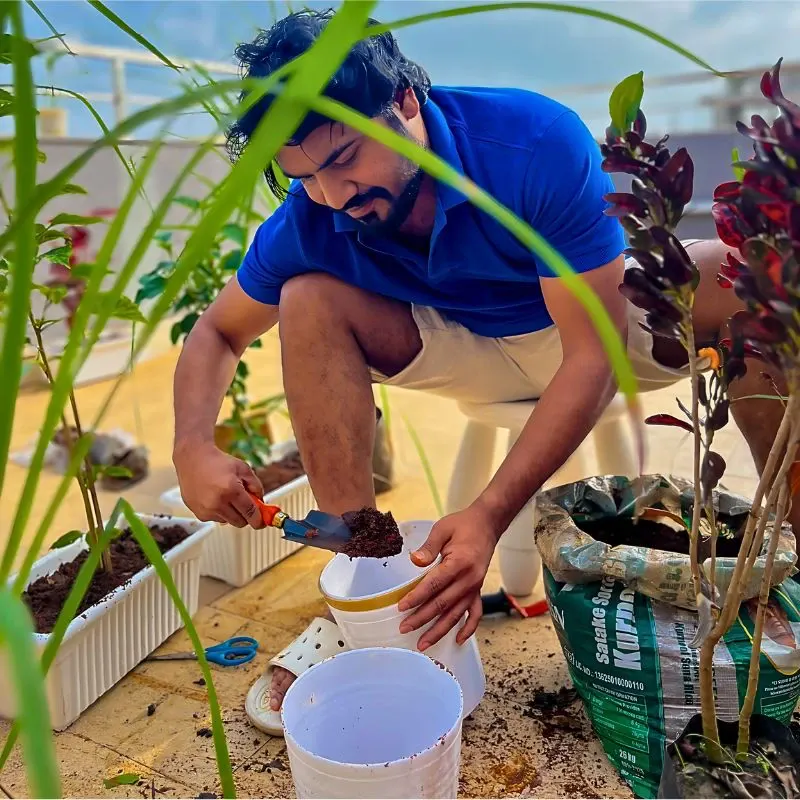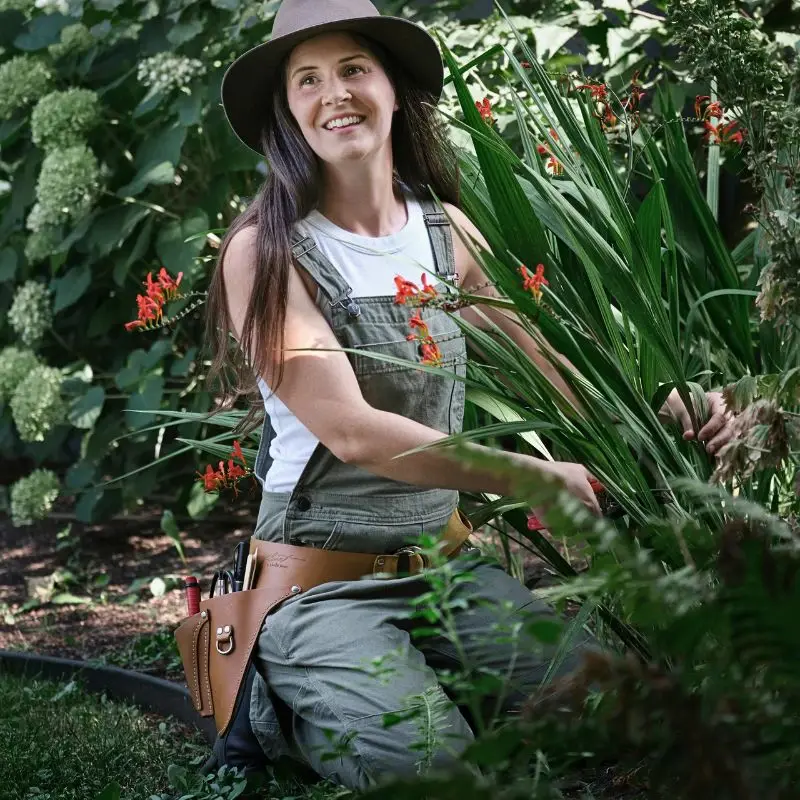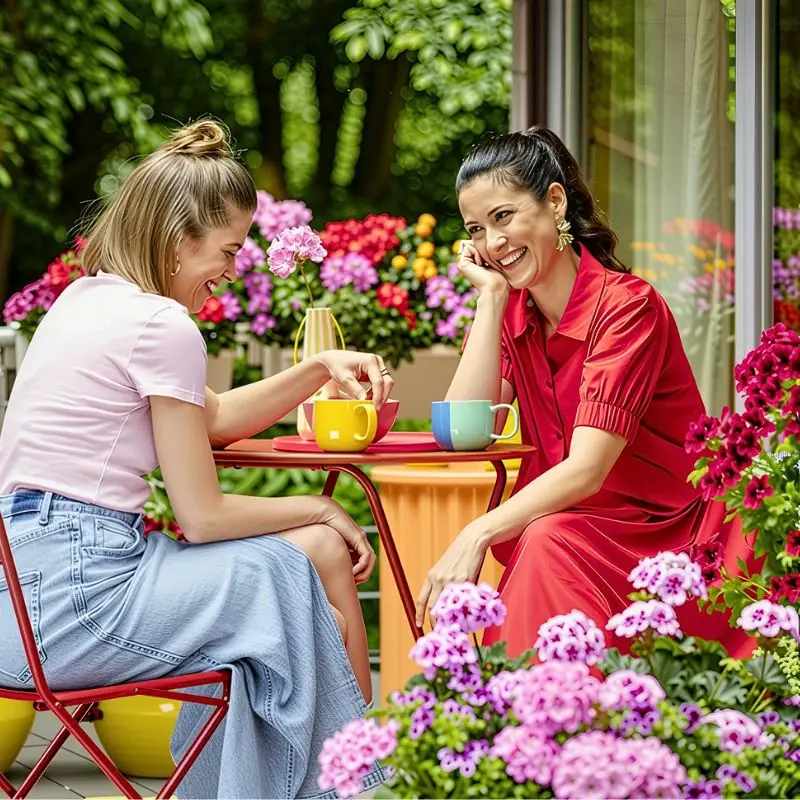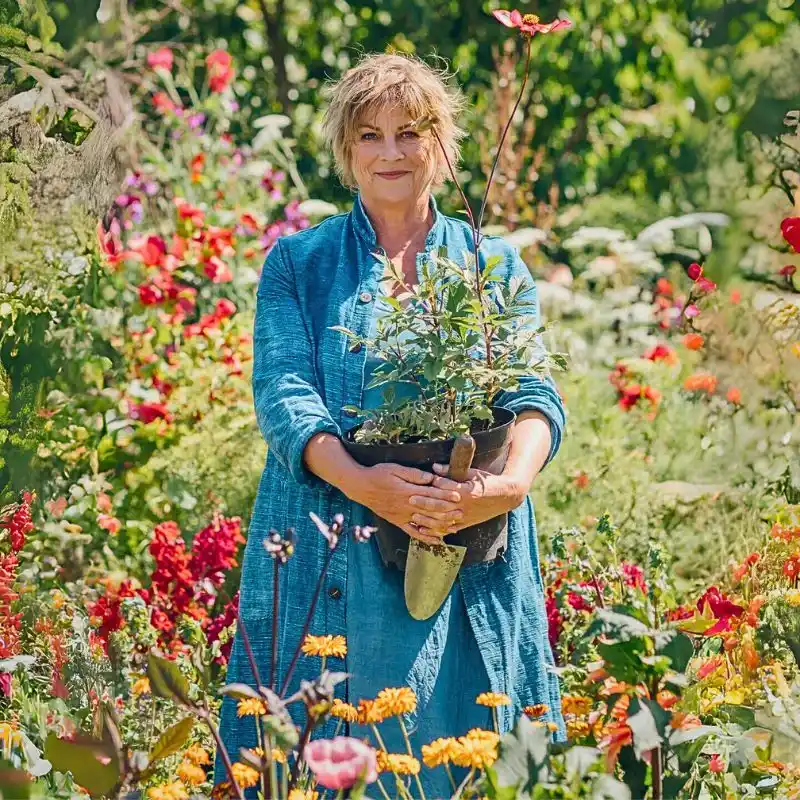National Gardening Day is a day of encouragement and a day created to give gardeners a shove and a shovel to begin their gardening journey. Whether you're a complete gardening beginner or have a few advanced skills as a gardener, this day is designed to celebrate your favorite plants and make your garden even prettier.
National Gardening Day - What to Know About It
When is National Gardening Day many may be wondering... It is an annual event celebrated on April 14th to promote and celebrate gardening as a leisure activity. The day encourages people to get outside and start planting, whether it's in a small window box, a community garden, or a large backyard. The day is a celebration of the joy that gardening brings to human life besides the many benefits it provides, from improving mental health to promoting sustainable living.

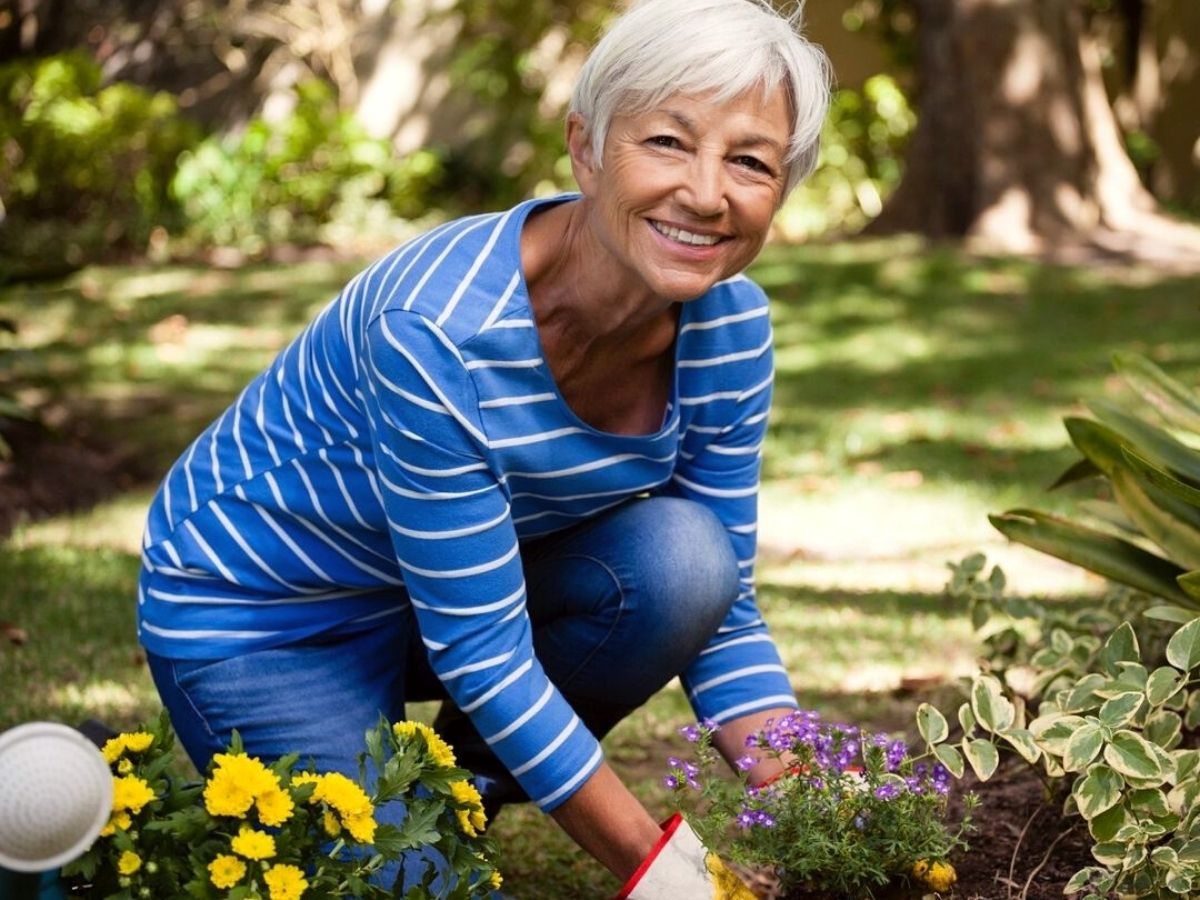
Gardening is an activity that can be enjoyed by people of various ages, all the way from kids to adults. It can be done alone or with friends and family and can be as simple or complex as one wishes, depending on how colorful or full you want to have your garden. Plants and flowers in different color arrays are the best way to enhance and beautify your garden. Additionally, gardening can also provide a sense of accomplishment and satisfaction, as well as a connection to the natural world.
On National Gardening Day, people are encouraged to plant something new or to tend to their existing gardens. There are many resources available to help people get started, including books, online guides, and community programs, so if you're a newbie to the gardening world, no worries because great tips for thriving in the gardening world will also be shared along the way.
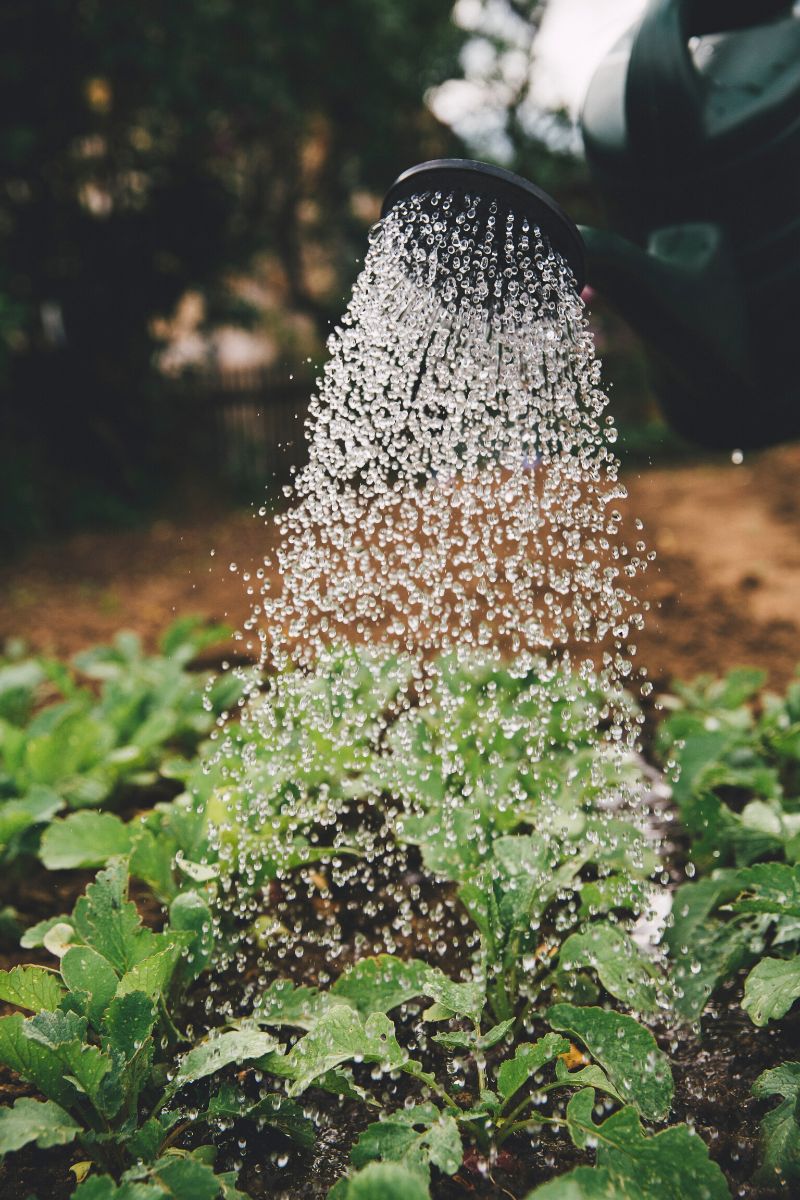
History of National Gardening Day
Cool Springs Press established National Gardening Day in 2018 to honor the passion for gardening and to inspire gardeners to impart their extensive expertise.
The earliest type of gardening in the world is believed to be forest gardening, a system of food production based on forests. Along the banks of the jungle, prehistoric forest gardens have been discovered. Some of the earliest examples of individuals engaging in gardening for enjoyment and to produce an attractive result may be found in paintings from the ancient Egyptian period, which dates back to about 1500 BC.
Cottage gardens saw a resurgence in the Elizabethan era following a fall during the Middle Ages. Usually, food and herbs were sent, along with flowers for decoration. During the middle of the 19th century in Europe, we were starting to witness the types of gardens that we are all acquainted with today. Gardens gradually grew more open plan and less rigid in their form.
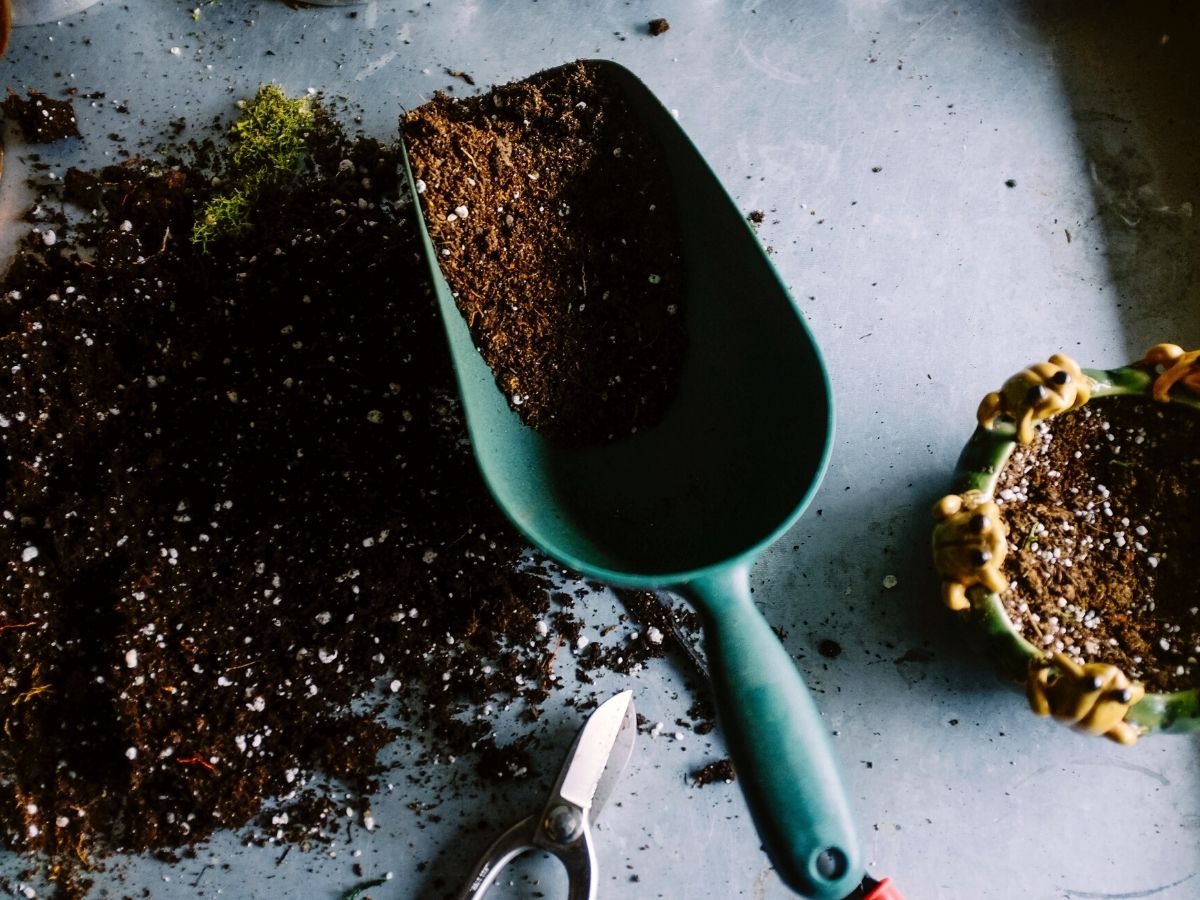
In the United States, the first gardeners were simply harvesters. Those who were fortunate enough to own property and, consequently, a garden in the 17th and 18th centuries tried to use it to generate income by gathering the appropriate crops. When settlements grew larger and mass production of food began in the 1800s, home gardening began to develop as a leisure pastime.
The last 150 years have seen gardens become an increasingly social space, with methods of caring for them evolving to provide gardeners with a much-increased body of knowledge and equipment from which to garden with.
Why Is National Gardening Day Important?
National Gardening Day is important for several reasons. Firstly, it encourages people to get outside and connect with nature, which has been shown to have numerous physical and mental health benefits, such as reducing stress and anxiety, improving mood and well-being, and increasing physical activity levels. With what the pandemic took away from many, gardening is the perfect way to reconnect with what you love most and the tremendous gift that nature gives everyone on a daily basis.
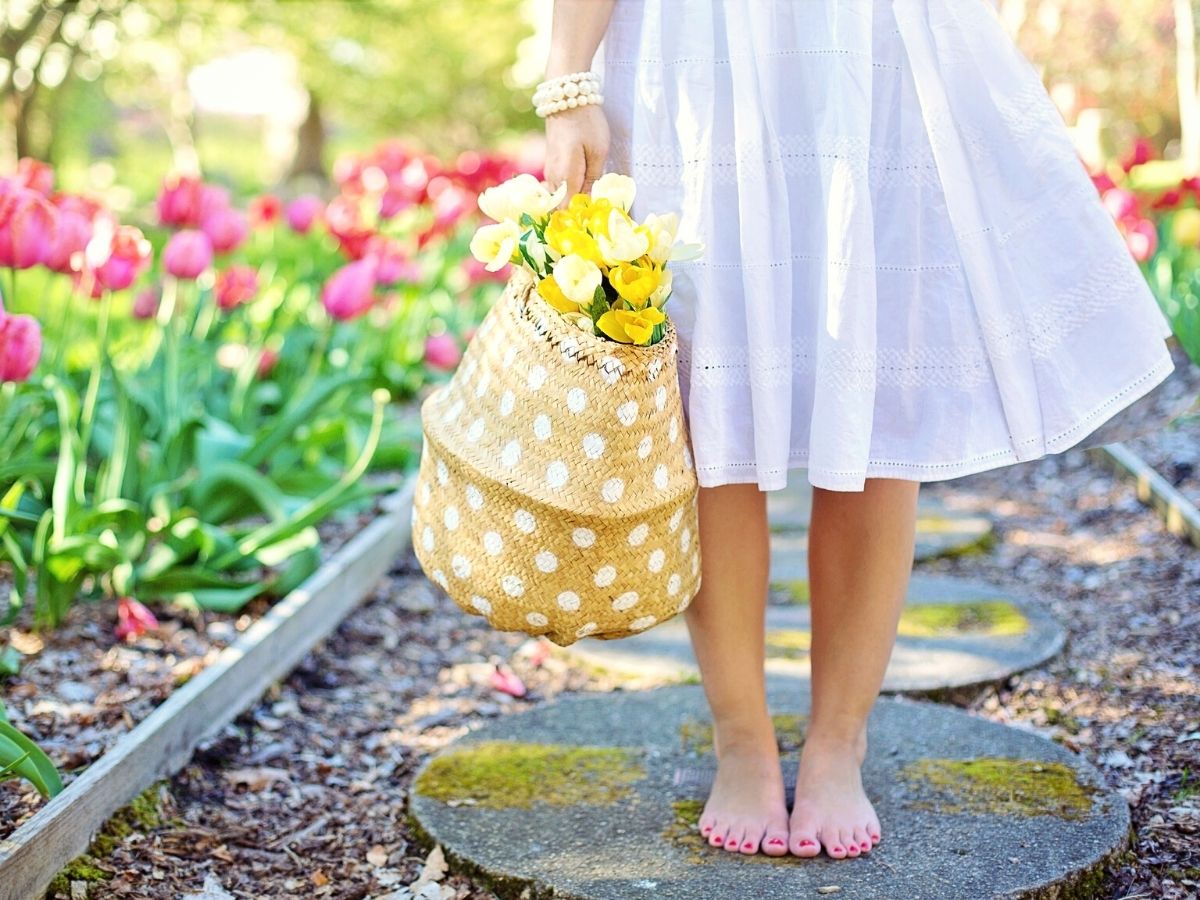
Secondly, gardening can be a sustainable practice that reduces environmental impacts. By growing our own food, we can help reduce food waste, lower carbon footprints, and promote local and organic food production. On the other hand, gardening can also be a fun and rewarding activity that promotes creativity and self-expression. It can also be a way to connect with others and build stronger communities through shared gardens and community projects.
Finally, National Gardening Day is an opportunity to raise awareness of the importance of preserving and protecting the world's natural environment. By gardening, you can allow yourself to create green spaces that support local wildlife and promote biodiversity, as well as reduce pollution and promote soil health.
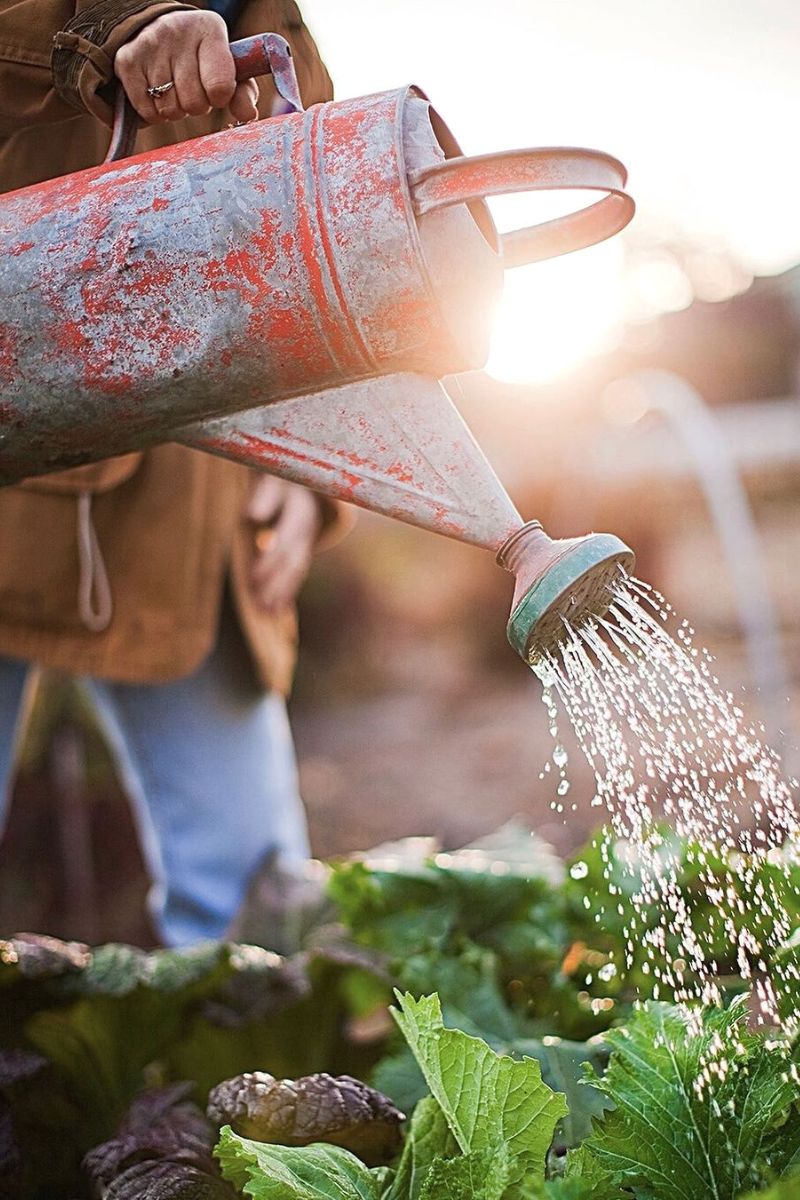
Overall, National Gardening Day is important because it celebrates the many benefits of gardening and encourages people to get involved in this healthy and sustainable activity. It promotes physical and mental health, community building, and environmental stewardship, all while fostering a sense of joy and connection with the natural world. What else could you ask for? Gardening gives you a mix of everything great in life!
Activities You Can Do to Celebrate National Gardening Day
Start a garden! Whether you have a small balcony or a large backyard, you can start a garden. Choose a spot with good sunlight, prepare the soil, and plant seeds or seedlings of your favorite plants.
If you already have a garden of your own, then you can also tend to your existing garden and make it even more beautiful for this special day. Use National Gardening Day as an opportunity to express your love for your garden and the spectacular, colorful, and blooming views it gives you every day. Pull weeds, prune plants, and add compost or fertilizer.
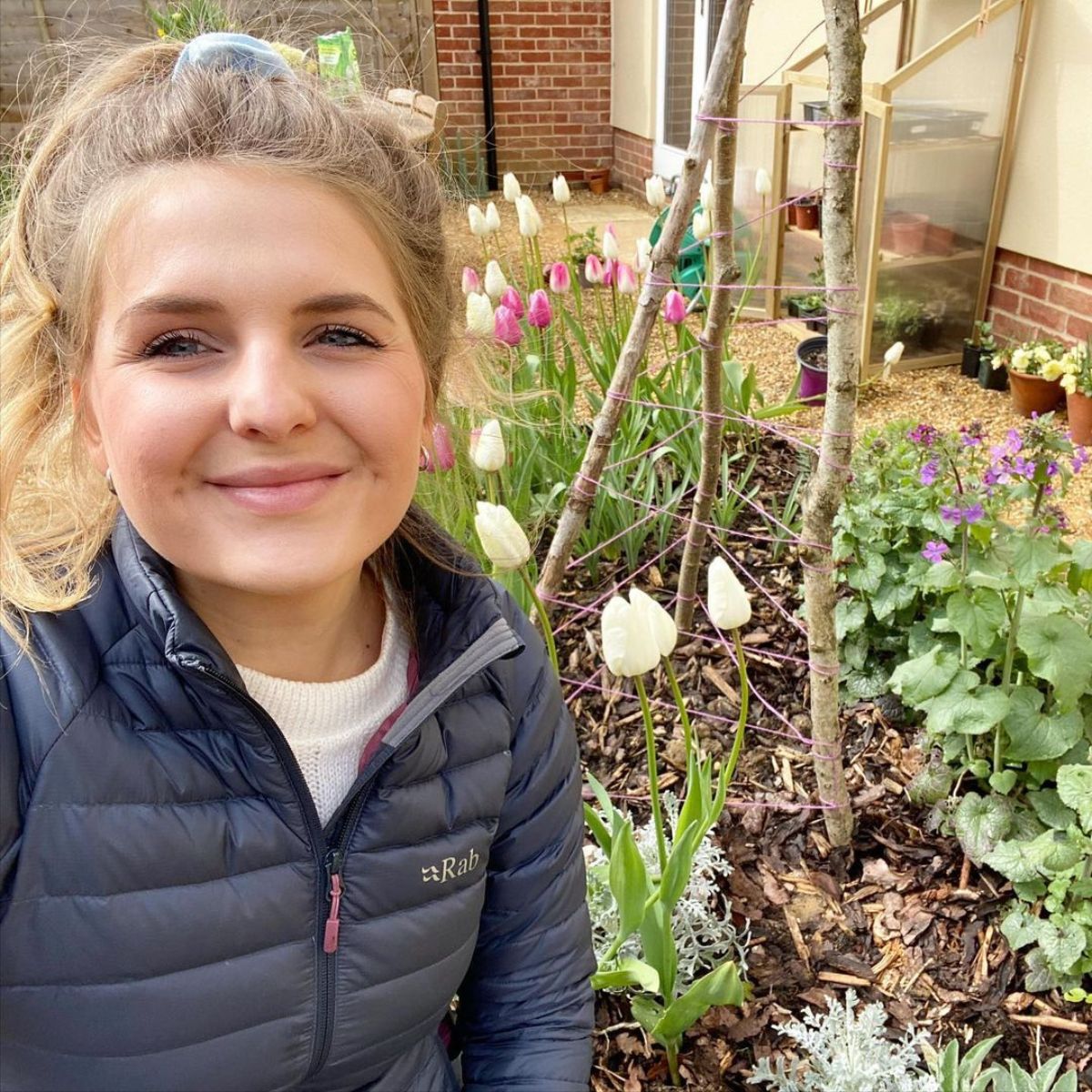
Joining a community garden is also a great idea! If you don't have space for a garden at home, consider joining a community garden in your area. You can connect with other gardeners and learn from their experiences.
Plant a tree if you want to see what progress and living life look like. Trees provide many benefits, from improving air quality to providing shade and habitat for wildlife. Planting a tree is a great way to celebrate National Gardening Day and contribute to a greener planet.
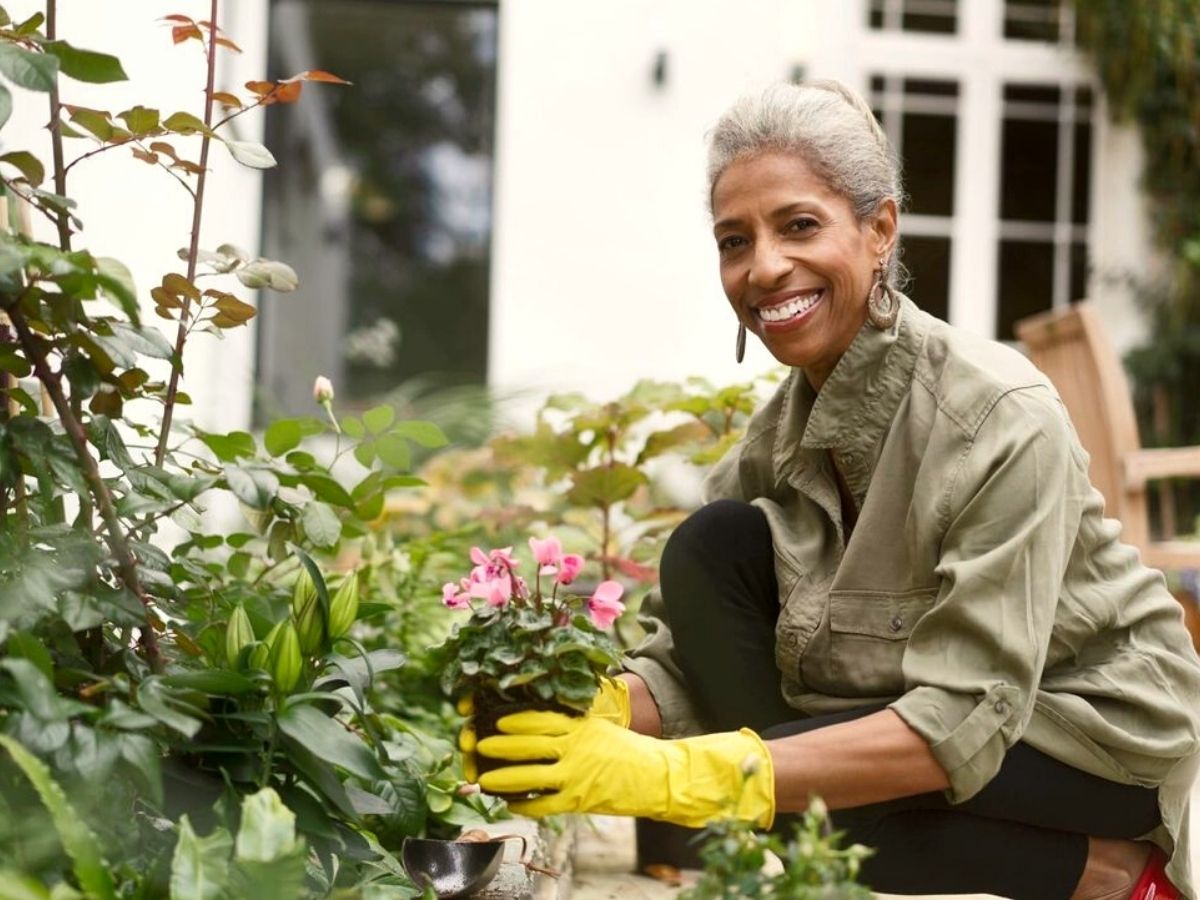
Attend a gardening workshop or event to educate yourself more on gardening topics. Many gardening organizations and nurseries offer workshops and events on National Gardening Day. Attend one to learn new skills and connect with other gardeners in your area.
Share your garden with others! Invite friends or family over to enjoy your garden, or share your harvest with neighbors or a local food bank. Remember, National Gardening Day is all about celebrating the joy of gardening and connecting with nature. So, choose an activity that you enjoy and have loads of fun with.
5 Tips to Make Your Garden Thrive
A gardening day is a great way to start your day on the right foot, but knowing a few great tips to make your garden thrive is even better.
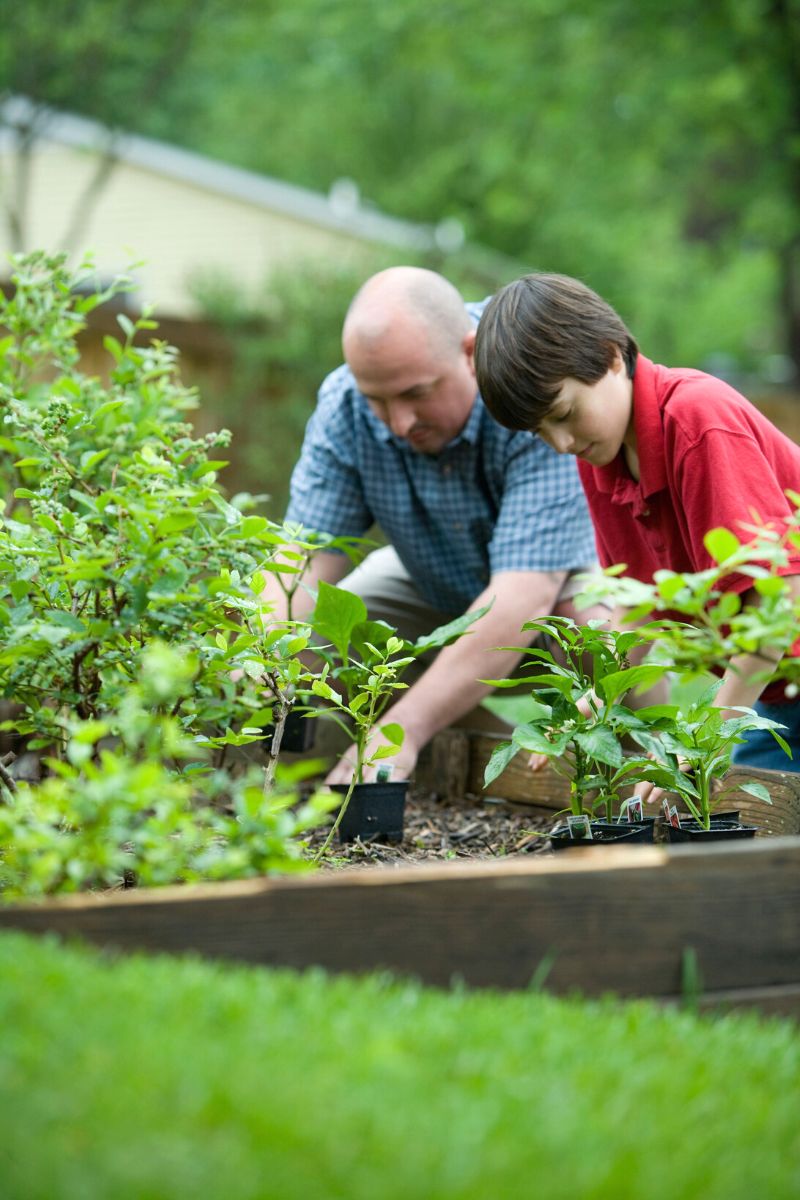
1 Spot On
Location, location, location! Starting a garden is all about the location. Place your garden in a part of your yard where you'll see it regularly - that way, you'll be much more likely to spend time in it.
2. Go Sunlight
Follow the sun and make sure to pay attention to how sunlight plays through your yard before choosing a spot for your garden. Most edible plants, including many vegetables, herbs, and fruits, need at least six hours of sun in order to thrive.
3.The Right Plants
Next up is choosing the right plants. If you want to celebrate National Gardening Day the right way, it's important to also select plants that match your growing conditions. This means putting sun-loving plants into a sunny spot, choosing heat-tolerant plants in warm climates, and giving ground-gobbling vines like pumpkins and melons ample elbow room (or a trellis to climb). Do your homework and pick varieties that will grow well where you live and in the space you have.
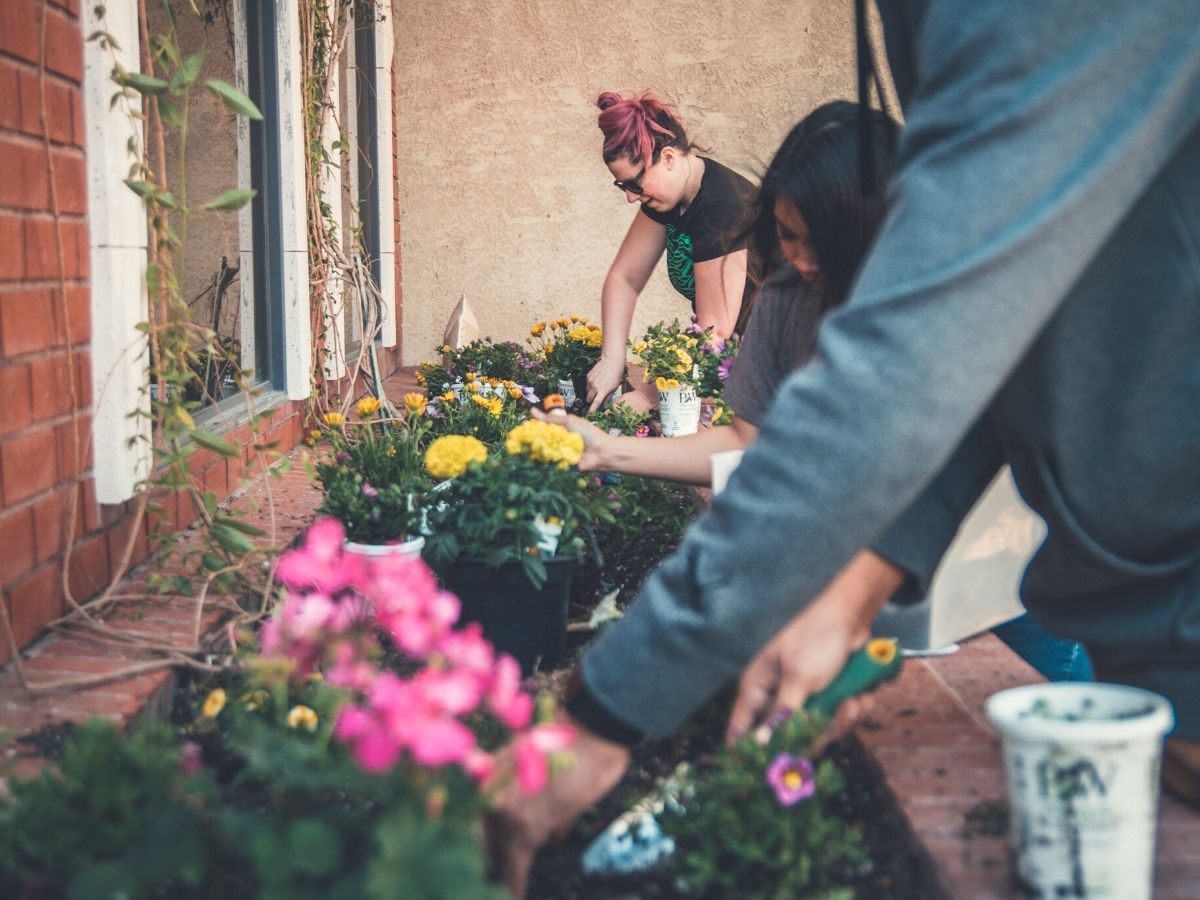
4. Think Drink
The fourth tip to having a successful garden is to plan your new garden near a water source. Make sure you can run a hose to your garden site, so you don't have to lug water to it each time your plants get thirsty. The best way to tell if plants need watering is to push a finger an inch down into the soil (that's about one knuckle deep). If it's dry, it's time to water.
5. Cover Up
Last but not least, add some mulch. Apply a layer of mulch that's 2 to 3 inches deep around each plant. This will help reduce weeds by blocking out the sun and reducing moisture loss through evaporation, so you have to water less. You can put down straws, shredded leaves, pine straws, or some other locally available material.
Now that you know the basics and have a few tips on how to elevate your garden, you can celebrate National Gardening Day the way you like the most!


